French company Carbios has developed an enzyme-based recycling technology, which breaks down PET into monomers that can be used to create new plastic. Continue Reading

French company Carbios has developed an enzyme-based recycling technology, which breaks down PET into monomers that can be used to create new plastic. Continue Reading
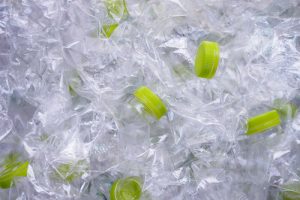 Two large operations involved in PET recovery in Southern California will receive assistance from a state agency in expanding or bringing facilities on-line.
Two large operations involved in PET recovery in Southern California will receive assistance from a state agency in expanding or bringing facilities on-line.
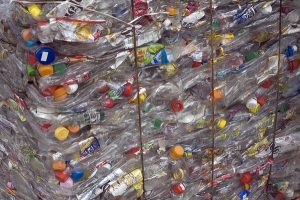 CarbonLite, a reclaimer producing food-grade recycled PET, will double its processing capacity this year with the construction of a $62 million facility in Dallas.
CarbonLite, a reclaimer producing food-grade recycled PET, will double its processing capacity this year with the construction of a $62 million facility in Dallas.
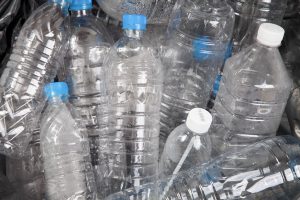 Scientists are using an enzyme to break down PET and PU into their component monomers and then employing bacteria to rebuild them into a PHA bioplastic. Continue Reading
Scientists are using an enzyme to break down PET and PU into their component monomers and then employing bacteria to rebuild them into a PHA bioplastic. Continue Reading
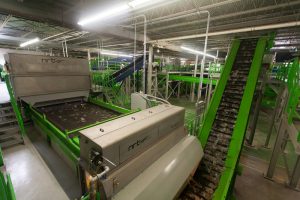 Unifi’s new PET recycling plant uses advanced dry de-labeling equipment and a host of optical sorters to generate a clean feedstock for fiber manufacturing. Continue Reading
Unifi’s new PET recycling plant uses advanced dry de-labeling equipment and a host of optical sorters to generate a clean feedstock for fiber manufacturing. Continue Reading
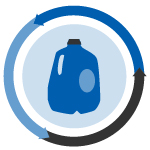 Miniature liquor bottles are targeted for a 15-cent container deposit, and companies work to implement more environmentally friendly packaging.
Miniature liquor bottles are targeted for a 15-cent container deposit, and companies work to implement more environmentally friendly packaging.
 South Africa recycled more total plastic in 2015 than the year before, but the country’s plastics diversion rate dropped and plastics recycling companies struggled.
South Africa recycled more total plastic in 2015 than the year before, but the country’s plastics diversion rate dropped and plastics recycling companies struggled.
 Equipment companies release innovative optical sortation technologies, and the Association of Plastic Recyclers recognizes research improving recyclability.
Equipment companies release innovative optical sortation technologies, and the Association of Plastic Recyclers recognizes research improving recyclability.
 Packaging producers should choose clear or translucent PET containers because opaque and colored ones inhibit recycling of the material into higher-value applications.
Packaging producers should choose clear or translucent PET containers because opaque and colored ones inhibit recycling of the material into higher-value applications.
 After banning imports of plastic scrap earlier this year, the Indian government has decided to allow exceptions under specific circumstances.
After banning imports of plastic scrap earlier this year, the Indian government has decided to allow exceptions under specific circumstances.
